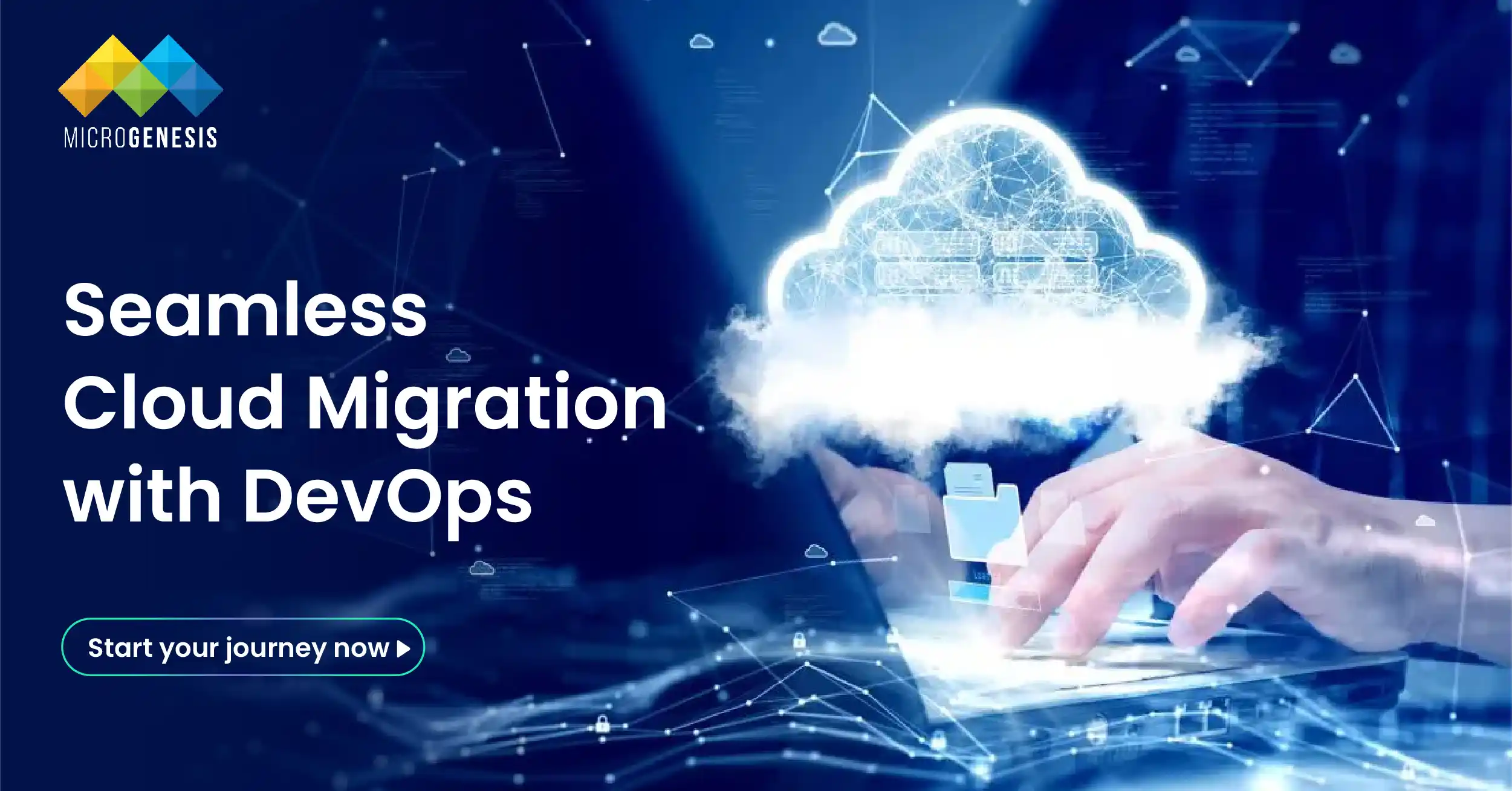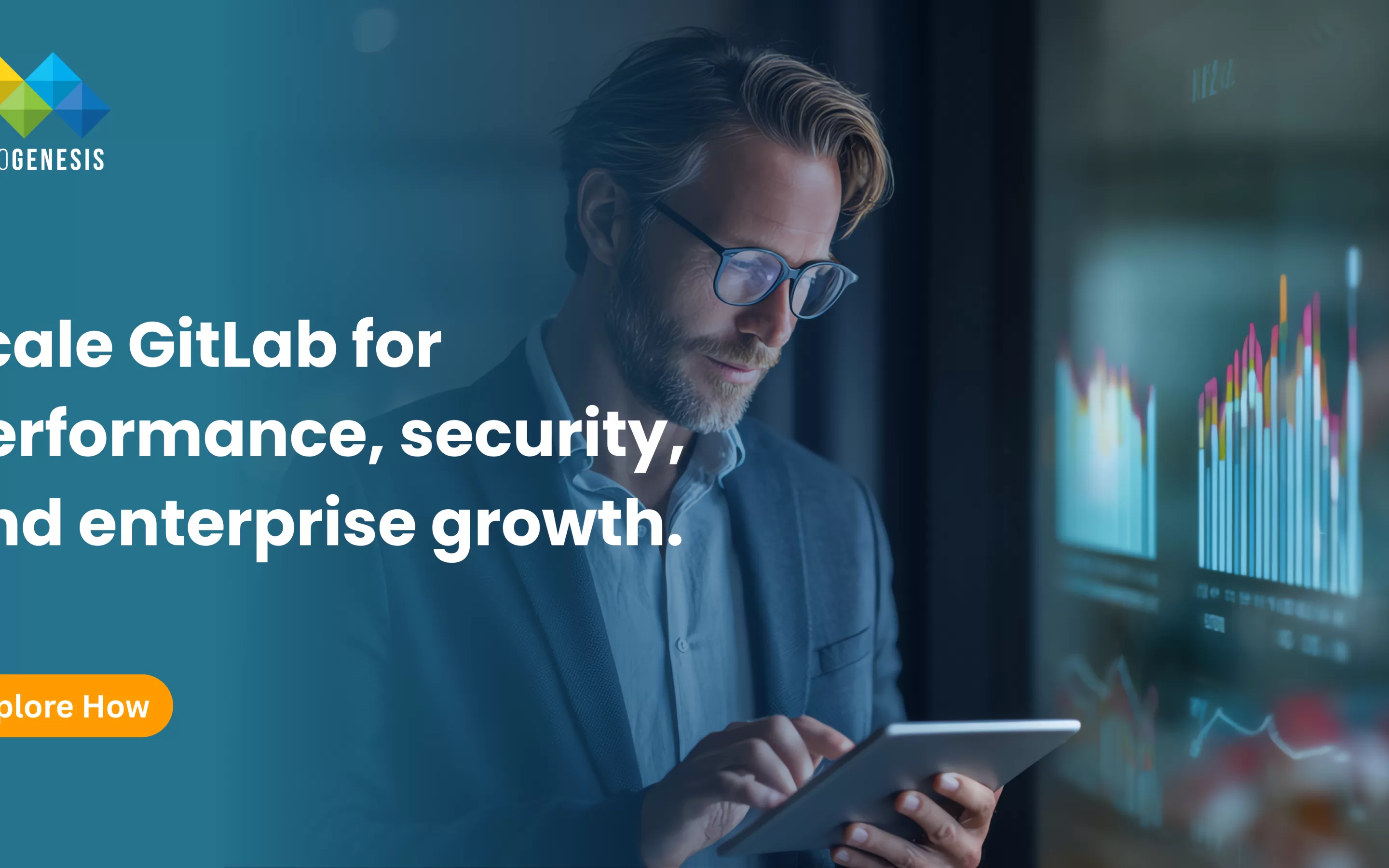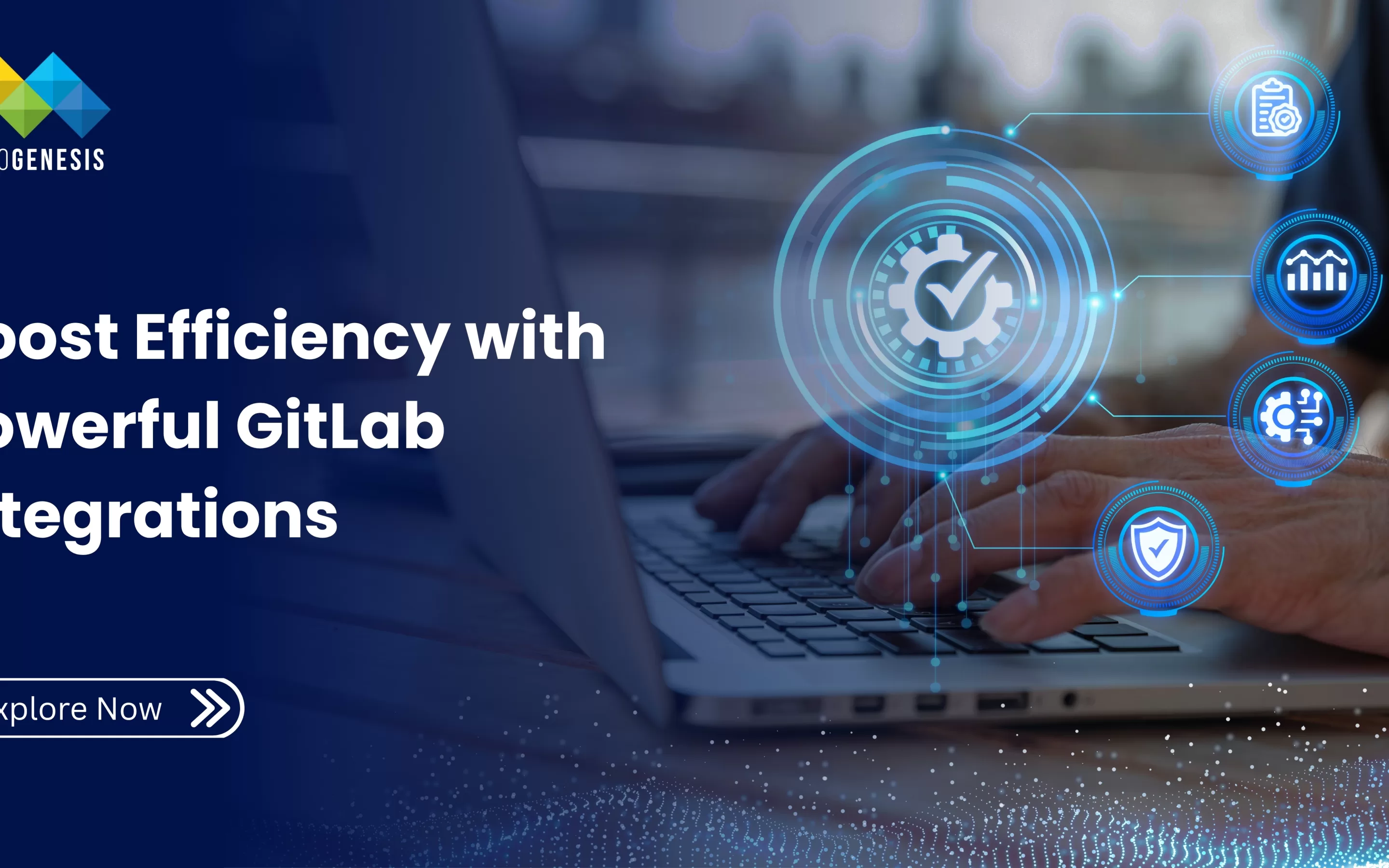In today’s digital-first world, migrating to the cloud is no longer optional—it’s a business imperative. However, cloud migration isn’t just about lifting and shifting applications from data centers to AWS, Azure, or GCP. To maximize the cloud’s potential, organizations must pair migration efforts with DevOps principles. This powerful combination ensures a faster, more secure, and more resilient transition.
In this guide, we’ll explore how DevOps accelerates cloud migration, provide a step-by-step roadmap, and share best practices for long-term success.
Why Use DevOps for Cloud Migration?
Traditional cloud migrations often suffer from delays, budget overruns, and post-migration performance issues. DevOps offers a better way—bringing automation, collaboration, and continuous improvement into the migration journey. By partnering with expert DevOps service providers, organizations can ensure smoother transitions, minimize risks, and maximize long-term value from their cloud investments.
Benefits of Using DevOps for Cloud Migration:
Automation of repeatable tasks (infrastructure provisioning, testing, validation)
Continuous integration/deployment (CI/CD) for faster rollouts
Improved visibility and monitoring of cloud resources and apps
Faster rollback and recovery in case of migration failures
Enhanced security through DevSecOps
By embedding DevOps into your cloud strategy, you can reduce risks, speed up time-to-cloud, and ensure long-term scalability.
Step-by-Step Guide to Cloud Migration with DevOps
Step 1: Assess and Plan
Before you migrate, understand your current environment.
Key Actions:
Inventory workloads: Catalog apps, databases, dependencies, and configurations.
Assess cloud readiness: Identify legacy systems that need modernization.
Define business goals: Are you looking for cost savings, performance, flexibility, or innovation?
Choose a cloud model: Public, private, hybrid, or multi-cloud?
Identify DevOps maturity: What tools and workflows are already in place?
DevOps Touchpoint:
Use tools like Jira or Azure Boards to create a backlog of migration tasks and define an agile roadmap.
Step 2: Build a DevOps-Enabled Cloud Foundation
Next, create a cloud environment that supports automation, scalability, and governance.
Key Actions:
Set up your cloud accounts, IAM roles, and network architecture.
Use Infrastructure as Code (IaC) tools like Terraform or AWS CloudFormation to define and provision resources.
Set up CI/CD tools (e.g., Jenkins, GitLab CI, AWS CodePipeline).
Define logging, monitoring, and alerting policies.
DevOps Touchpoint:
Automate provisioning scripts with IaC to ensure consistent environments across dev, test, and prod.
Step 3: Choose a Migration Strategy
Not every app should be migrated the same way. Choose the right approach for each workload.
Common Strategies:
Rehost (Lift and Shift)
Move applications without modifying code. Fastest, but not always cost-effective.
Refactor (Re-platform)
Modify parts of the app to use cloud-native features (e.g., moving to managed DBs or containers).
Rearchitect
Redesign applications into microservices or serverless functions.
Replace
Retire legacy apps and adopt SaaS solutions.
DevOps Touchpoint:
For replatforming or rearchitecting, CI/CD pipelines help test changes continuously as code evolves.
Step 4: Migrate in Phases
Avoid big-bang migrations. Use incremental releases and validate every step using DevOps pipelines.
Key Actions:
Break down workloads into migration waves or sprints.
Migrate non-critical systems first.
Use canary releases or blue-green deployments to test performance.
Monitor user behavior and resource usage.
DevOps Touchpoint:
Version-control your infrastructure and app configurations using Git. Use CI/CD to automate deployments to test and production environments.
Step 5: Monitor and Optimize Post-Migration
After workloads are live in the cloud, fine-tune performance, usage, and cost.
Key Actions:
Set up dashboards to track KPIs like latency, error rates, CPU usage, and costs.
Use cloud-native observability tools (e.g., AWS CloudWatch, Azure Monitor, Prometheus).
Automate scaling and recovery mechanisms using scripts or orchestration tools like Kubernetes.
Perform post-mortems for any issues encountered.
DevOps Touchpoint:
Run continuous performance tests and integrate monitoring into deployment pipelines to catch regressions early.
Tools That Support DevOps-Driven Cloud Migrations
| Category | Tools |
| CI/CD | Jenkins, GitHub Actions, GitLab CI, AWS CodePipeline |
| IaC | Terraform, Ansible, CloudFormation |
| Monitoring | Prometheus, Grafana, Datadog, AWS CloudWatch |
| Collaboration | Jira, Confluence, Slack, Microsoft Teams |
| Container Orchestration | Kubernetes, Amazon EKS, Azure AKS |
| Secrets Management | HashiCorp Vault, AWS Secrets Manager |
Best Practices for Cloud Migration with DevOps
1. Start Small, Scale Fast
Begin with low-risk workloads and refine your process before migrating mission-critical systems.
2. Prioritize Automation
Automate as much as possible—code testing, deployments, infrastructure provisioning, monitoring, and even rollback.
3. Embed Security from the Start (DevSecOps)
Include security scans and compliance checks in your CI/CD pipelines.
4. Train and Upskill Your Teams
Cloud and DevOps require new mindsets. Invest in training on cloud platforms, CI/CD, containers, and security.
5. Continuously Improve
Post-migration, use feedback loops to refine deployments, scale infrastructure, and cut costs.
Dig Deeper: 5 Best Practices for Building a Strong DevOps Culture
Common Pitfalls to Avoid
| Pitfall | Solution |
| Lifting-and-shifting legacy apps without optimization | Evaluate if replatforming will reduce long-term cost and effort |
| Lack of rollback strategy | Use blue-green deployments and backup snapshots |
| Siloed operations and development teams | Foster collaboration with shared workflows and tools |
| No observability or logging | Integrate monitoring and alerting from Day 1 |
| Inadequate cost governance | Set budgets, alerts, and tag all cloud resources properly |
Real-World Example: DevOps-Driven Cloud Migration
Company: FinTech startup migrating from on-prem to AWS
Goal: Reduce infrastructure costs and support continuous delivery
Steps Taken:
Adopted Terraform and GitLab CI to automate infrastructure and deployments
Replatformed monolith into Docker containers
Built pipelines for automated testing and blue-green deployments
Integrated AWS CloudWatch for performance metrics and cost tracking
Outcome:
Deployment frequency improved by 3x, operational costs dropped by 35%, and production incidents decreased by 50%.
Conclusion
DevOps is not just a support mechanism for cloud migration—it’s a strategic accelerator. By uniting people, processes, and tools into an agile ecosystem, DevOps ensures that cloud migration is faster, safer, and more scalable.
Whether you’re moving one app or an entire enterprise, following a DevOps-driven migration approach helps you avoid pitfalls, deliver value quickly, and lay a foundation for continuous innovation in the cloud. Partnering with trusted DevOps service providers and an experienced digital transformation consultant ensures your migration is seamless, future-ready, and aligned with long-term business goals.




